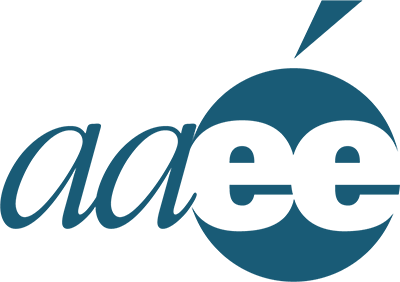7 Ways AI is Affecting Education
The new season is a great reason to make and keep resolutions. Whether it’s eating right or cleaning out the garage, here are some tips for making and keeping resolutions.
- Personalized Learning: One of the biggest advantages of using AI in education is its ability to provide personalized learning. AI algorithms can analyze student data to identify patterns and trends, which can help educators determine where each student is struggling and where they excel. This can be beneficial in creating personalized learning plans that cater to individual student needs. With AI, teachers can understand what might work best for each student instead of following a one-size-fits-all approach to teaching.
- Intelligent Tutoring Systems: An intelligent tutoring system (ITS) is a software program that provides personalized instruction to students. These systems can track student progress, recognize patterns, and adjust the learning material to meet the students' needs. An ITS can be used to help students with homework assignments, provide feedback, and offer guidance on learning goals. ITS can help self-directed students learn more effectively, identify remedial areas more quickly, and work through topics at their own pace.
- Assessment and Grading: Another way AI can be utilized in education is through assessment and grading. AI can use algorithms to analyze student work and provide instant feedback, which can help save time for teachers. Additionally, the use of AI in grading standardized assessments can provide a more accurate picture of student learning outcomes. This allows teachers to see the exact areas where students need improvement and tailor instruction accordingly.
- Digital Learning: Using AI also opens new doors for digital learning opportunities. Digital learning has the advantage of being accessible at all times, so students can learn anywhere, anytime. With AI technology, online courses and programs can be personalized to individual students, providing tailored learning experiences that better meet their needs.
- Virtual Assistants: Virtual assistants can be used in classrooms to provide support to teachers and students alike. For example, virtual assistants could be programmed to answer basic questions, provide reminders, or create schedules. This can free up teachers to focus on more critical tasks in their classrooms, such as helping students struggling with a specific concept.
- Chatbots: Chatbots can be useful in educating students in various subjects. Chatbots can converse with students in natural language, answering their questions and providing feedback. These can help students learn more efficiently and provide an additional resource for their learning. Chatbots can be useful for homework assistance and test preparation.
- Learning Analytics: Incorporating AI and machine learning algorithms in the field of learning analytics can help educators gain insights into their students' learning patterns. By taking data from various sources – such as attendance records, course materials, and test scores – analytics can provide educators with a clear picture of where students are succeeding and where they need improvement. By empowering educators with this information, AI can help them design more effective lesson plans and learning experiences.
Final Thoughts
AI is an exciting technology that has the potential to revolutionize education. From personalized learning to virtual assistants, AI can offer a range of advantages to educators. However, it is important to keep in mind that AI technology should not replace the role of a teacher. Instead, AI should be used as a tool to help teachers enhance their education and deliver more effective instruction. As the technology continues to evolve, we can expect to see more innovative ways that AI is used in education to improve learning outcomes for all students.






